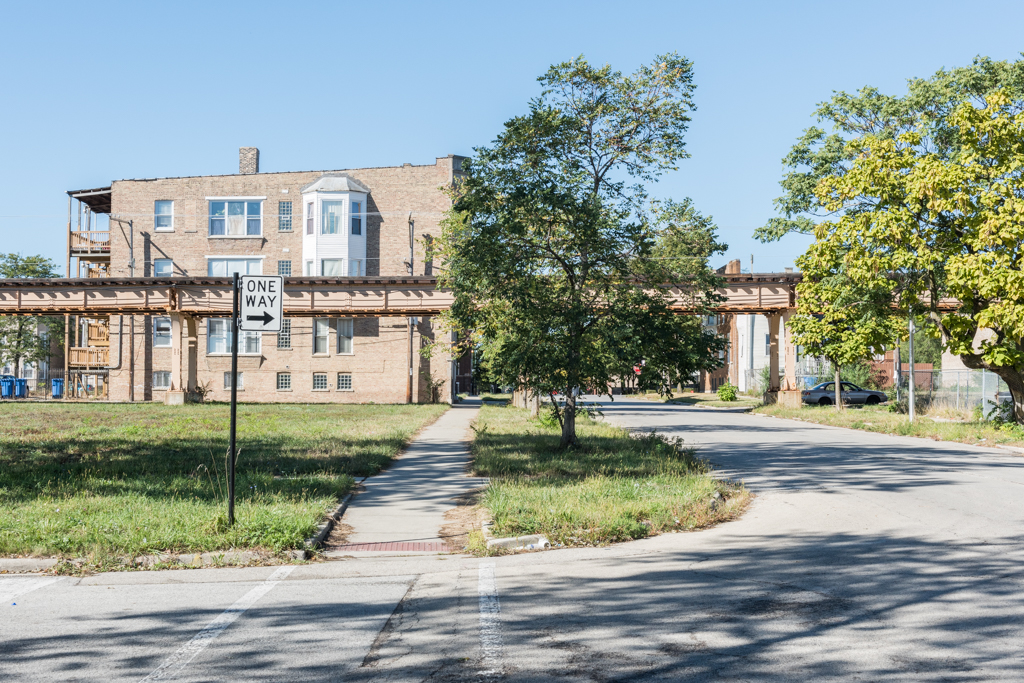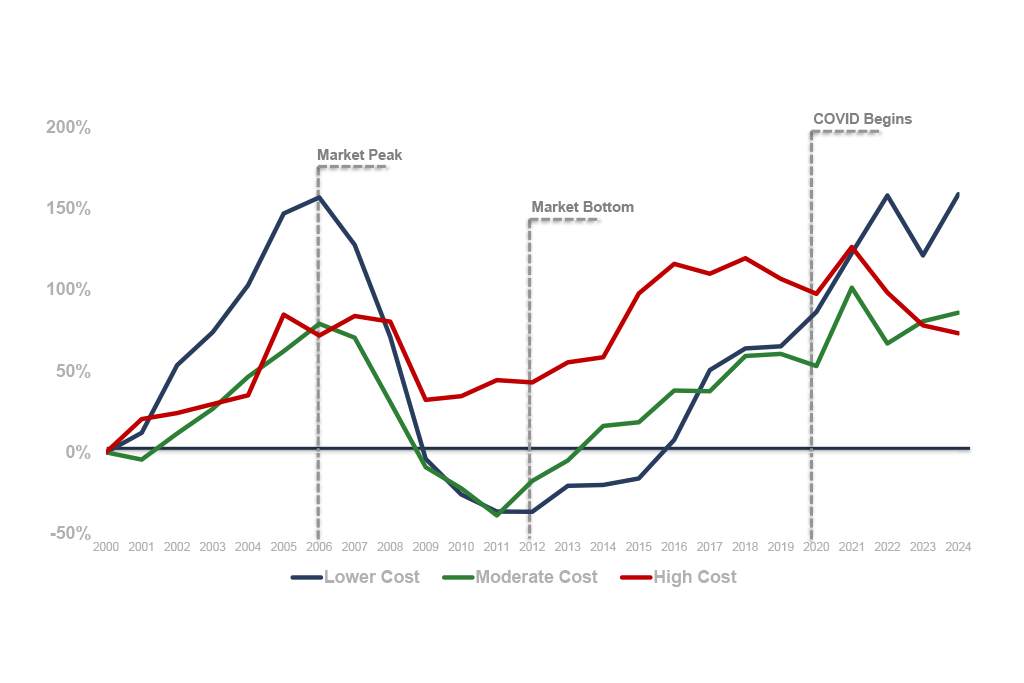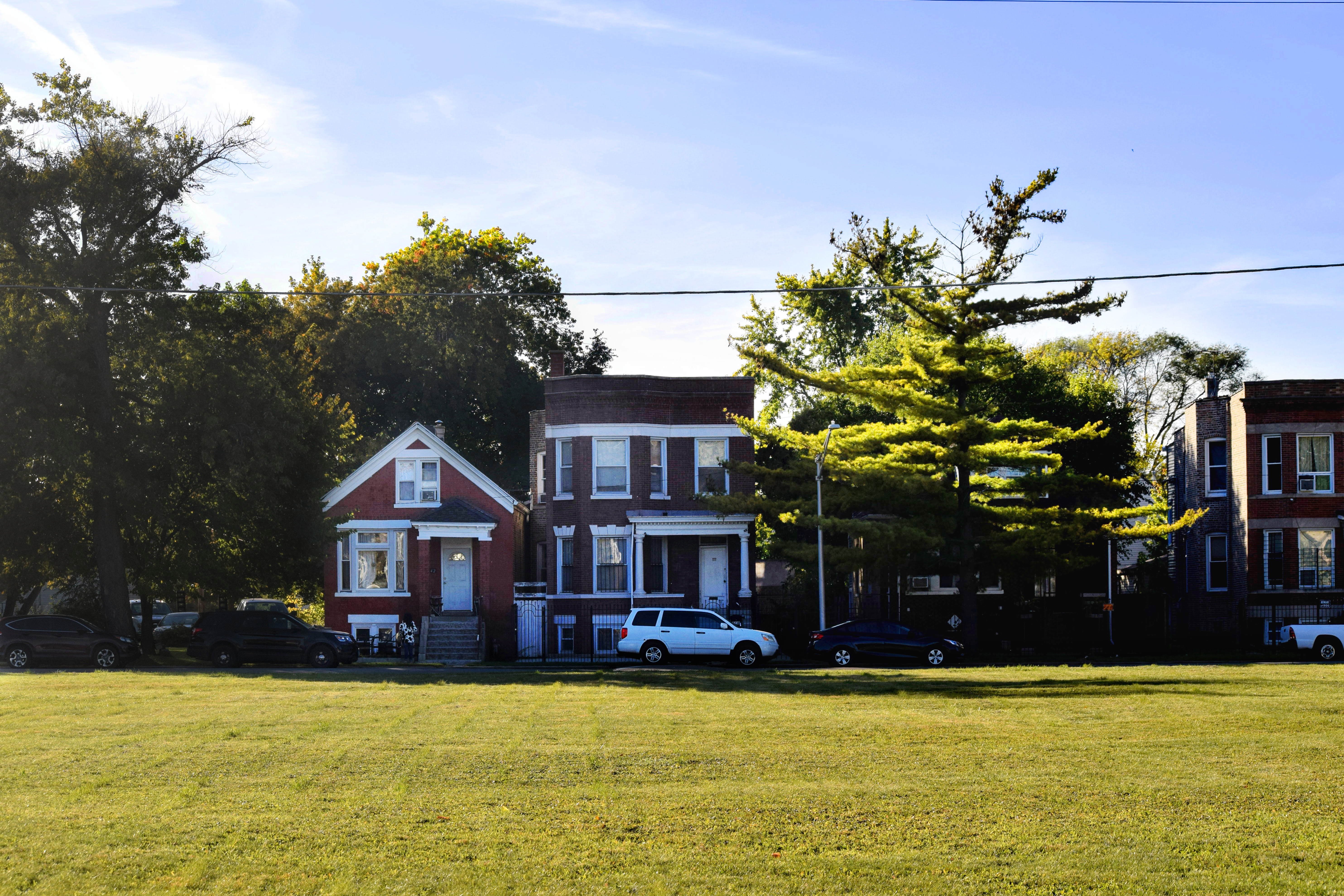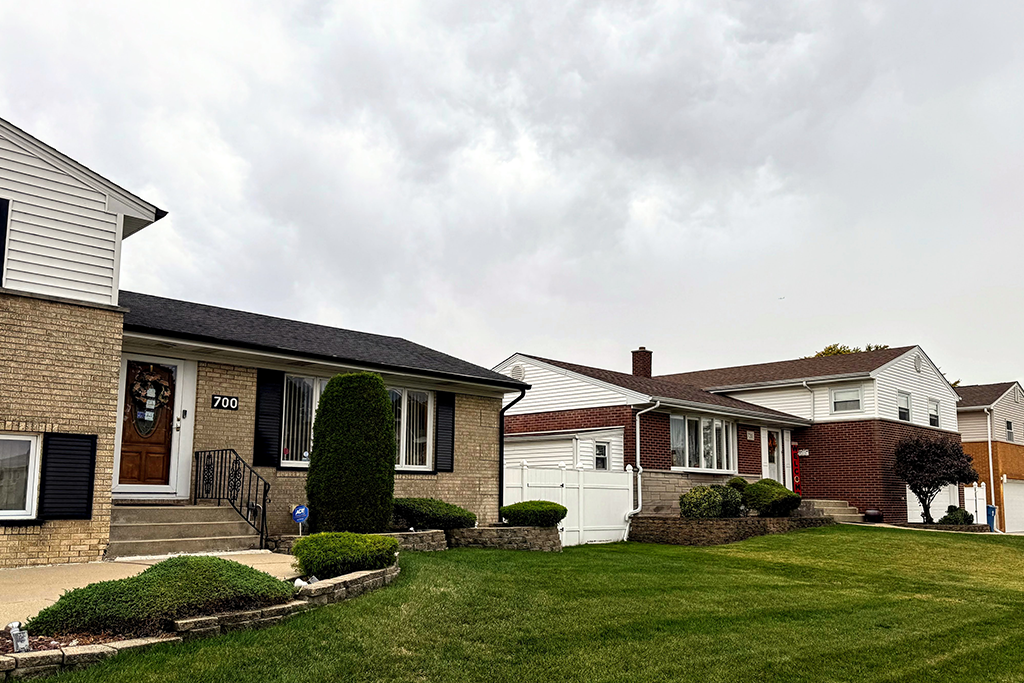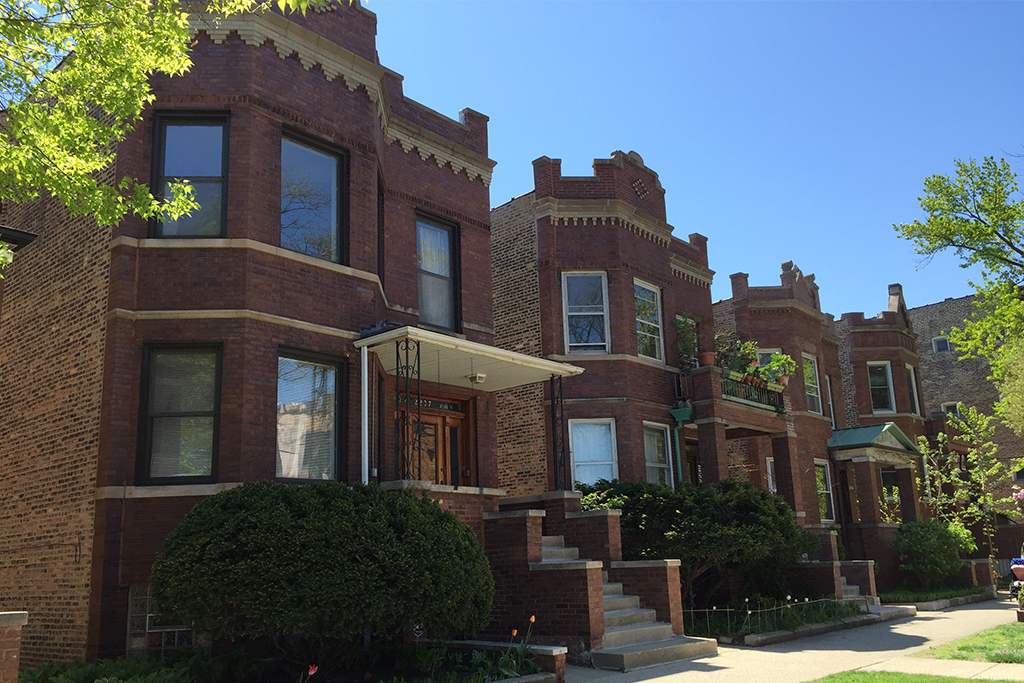Finding a home that is affordable is getting a lot harder. Since 2005, the country has seen the largest increase of renters on record at the very moment that more than 10 percent of its affordable housing stock has been lost. And wages, especially for low-wage workers, have not kept pace with rising rents. As a result, more than half of all renters are cost-burdened.
“We are facing pressures from all sides,” said Senator Maria Cantwell (D-WA). “Demand for rental housing has increased by 21 percent, but we are building [affordable] units at the lowest rate since the 1970s.”
For America’s poorest families, the story is even direr. The country is short 7.4 million affordable homes for extremely poor Americans, according to the National Low Income Housing Coalition. Extremely low-income individuals are those earning less than 30 percent of area median income.
As last year’s State of Rental Housing shows, Chicago is no different. In 2015, Cook County was short 188,000 affordable rentals. Trends eased somewhat in 2016, as our upcoming report will show, but a sizable gap remains.
And now, a one-two punch is on the horizon. The Low Income Housing Tax Credit—a key tool for building affordable housing—is being undermined by the new lower corporate tax rates, and the Trump Administration’s latest budget sets the tone for cuts to most domestic programs, including the Department of Housing and Urban Development (HUD). That leaves thousands more out in the cold, sometimes literally.
Lower Corporate Taxes Undermine LIHTC
Corporations cheered when Trump’s tax reform bill lowered the corporate tax rate to 21 percent. Affordable housing developers did not. For them, the lower tax rate means less money for building housing that is affordable to lower-income Americans. Developers depend on a special tax credit, the Low Income Housing Tax Credit (LIHTC), to help offset the low margins in building affordable housing. State or city governments award the tax credits to affordable housing developers, who then sell the credits to large financial institutions for cash. Banks, in turn, use the credit as a deduction on their tax bill. Since it was created in 1986, LIHTC has financed 3 million affordable apartments, providing homes to roughly 7 million low-income households.
But with a lower corporate tax now, banks have less incentive to seek out tax breaks like LIHTC. As a result, the average monthly price of a credit has declined from $1.01 in February 2016 to 89 cents in December 2017, according to Governing Magazine. Experts have estimated that because of the tax cuts, 235,000 fewer affordable homes will be built, or a loss of $1.2 billion or more annually for affordable housing development.
Two-hundred thousand homes may sound like a drop in the bucket, but Bob Palmer, Policy Director for Housing Action Illinois, says otherwise. “In Illinois alone, there’s a shortage of more than 300,000 rental units for extremely low-income people, so any resource that’s lost is a big deal,” said Palmer. “And obviously if you’re a family that’s not getting housing, it’s a huge deal to you.”
Senator Cantwell has introduced a new bill [S-548] to help bolster the tax credit and produce 400,000 more homes in the next ten years than under the current program. A House version [HR 1661] followed in spring 2017, but both bills have seen no movement since.
Trump’s Budget Sets the Tone
A second blow to affordable housing is the latest budget proposal from the White House. According to Governing Magazine, the budget calls for 14 percent less in HUD’s budget. In addition, the budget proposes raising the minimum rents for the one in five poor families who receive subsidized rent as well as several other cuts to social services.
The chances of the budget passing intact are slim, most analysts say, but for Palmer, the proposed cuts signal something more. “Trump’s last budget proposal went nowhere,” Palmer said, “but nonetheless it set the tone: Lower funding levels are on the horizon.”
In Illinois, the state’s fiscal woes have added to the pain. “The two-year state budget impasse had a really negative impact on efforts to end homelessness as well as social service programs that fund emergency shelters,” said Palmer.
Other Policies Undercut Low-Income Families
Other policy reforms are also having an impact. The Affirmatively Furthering Fair Housing ruling has been shelved, which put some teeth into attacking segregation and its ills. In Illinois, the AFFH combined with LIHTC’s devaluing is making it even harder for developers to build affordable housing in higher income neighborhoods with more opportunities for families. Palmer says that in those neighborhoods land is costlier, requiring more tax credits. But as the value of those credits drops, developers may have to go back to the state or city for more credits to make up the gap. “It slows everything down in an already slow process.”
The budget also seeks to eliminate two other programs that help build affordable housing: the Community Development Block Grant program and the HOME Investment Partnership Program. It also cuts deeply into funds for public housing maintenance and repair.
The cuts, whether they ultimately fail or prevail, “send a very dangerous message about the national priorities on affordable housing at this moment of crisis,” Bryan Thomas of Habitat for Humanity told Curbed’s Jeff Andrews. “As a matter of law, it would be devastating, and as a matter of message it’s also devastating.”
Palmer agrees. “It’s so frustrating that we have this ready solution but we’re not willing as a society to make the investments to solve the problem.”
